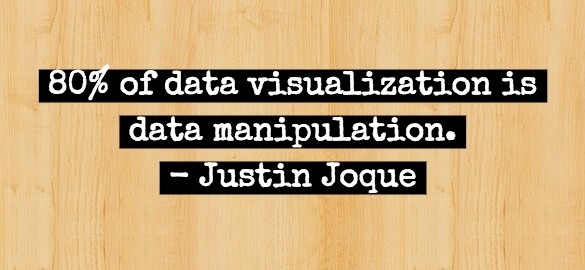U-M data visualization librarian Justin Joque pointed our team to the Los Angeles Times‘ series of visual data on fundraising for the 2016 presidential election.
Here are some things we talked about when we discussed this in our face-to-face workshop that could form a discussion in your classroom in a Data of the Day exercise.
Here’s a partial view of the first graphic, followed by discussions we had about it.
- Sometimes, there are graphics that look like they are lacking details or information, but the information is found elsewhere on the page. That is the case here. Rule of thumb: don’t decontextualize (or try to recontexualize) a graphic from text it was designed to accompany.
- We wondered about how pink and green would look to those who were color-blind or printing this out in black-and-white. If you are making a visualization and need colorblind-safe or printer-friendly colors? Try Color Brewer 2 as a tool.
We then scrolled down to the maps showing amount raised by candidate (sorry – couldn’t grab a Kwout), a technique known as small multiples, which shows you many small graphics that you can compare with
- Lots of money comes from the big states. Does this mean that more money becomes from big states because they are have the most people (and, by logical probability) the most donors? Or is there some other reason? What do these maps really tell you with confidence?
- Be sure to scroll down to the less popular candidates. How does the visualized data of Chaffee or Pataki illuminate in ways different from that for Clinton, for example?
- It’s hard to tell the difference between lighter and darker hues of greens, making comparisons between middle states hard to do.
- You can mouse over the states for more data (but not on mobile). Nothing signals to the reader that you can mouse over data.
And in general, we talked about …
- Where does your eye go first? Number? Image? How does that change





